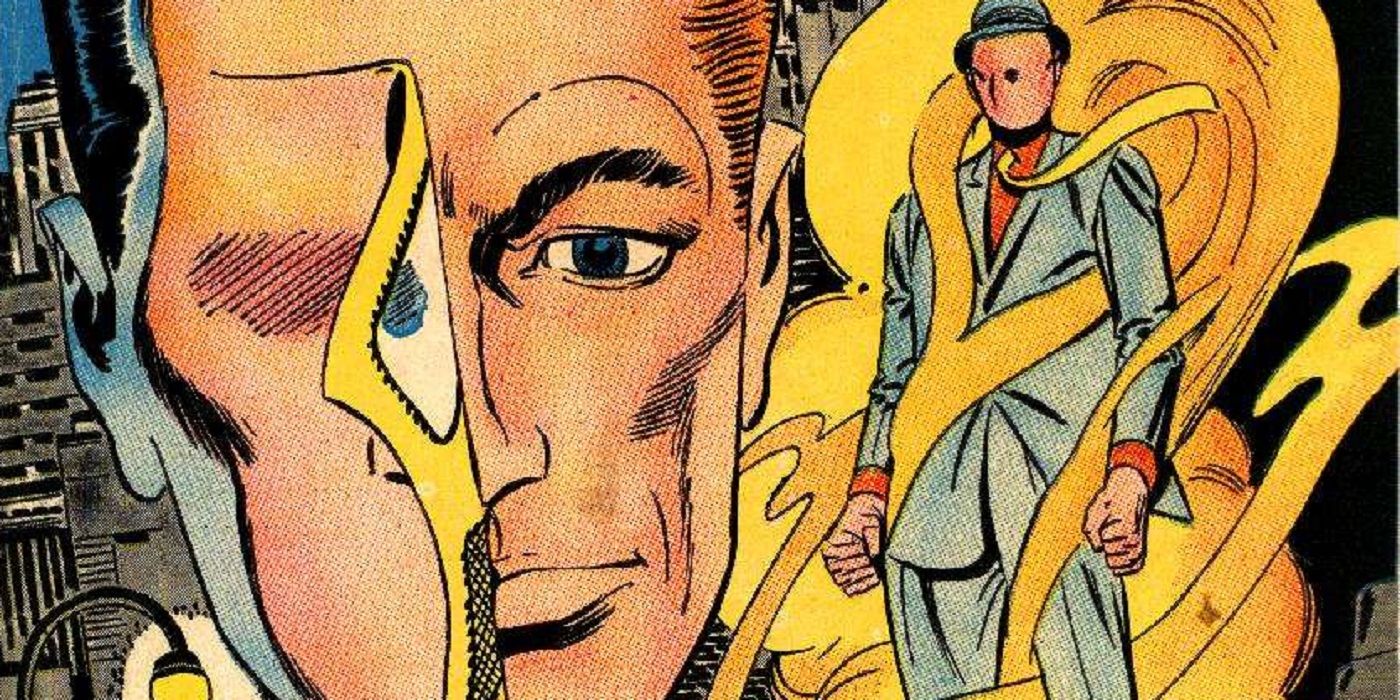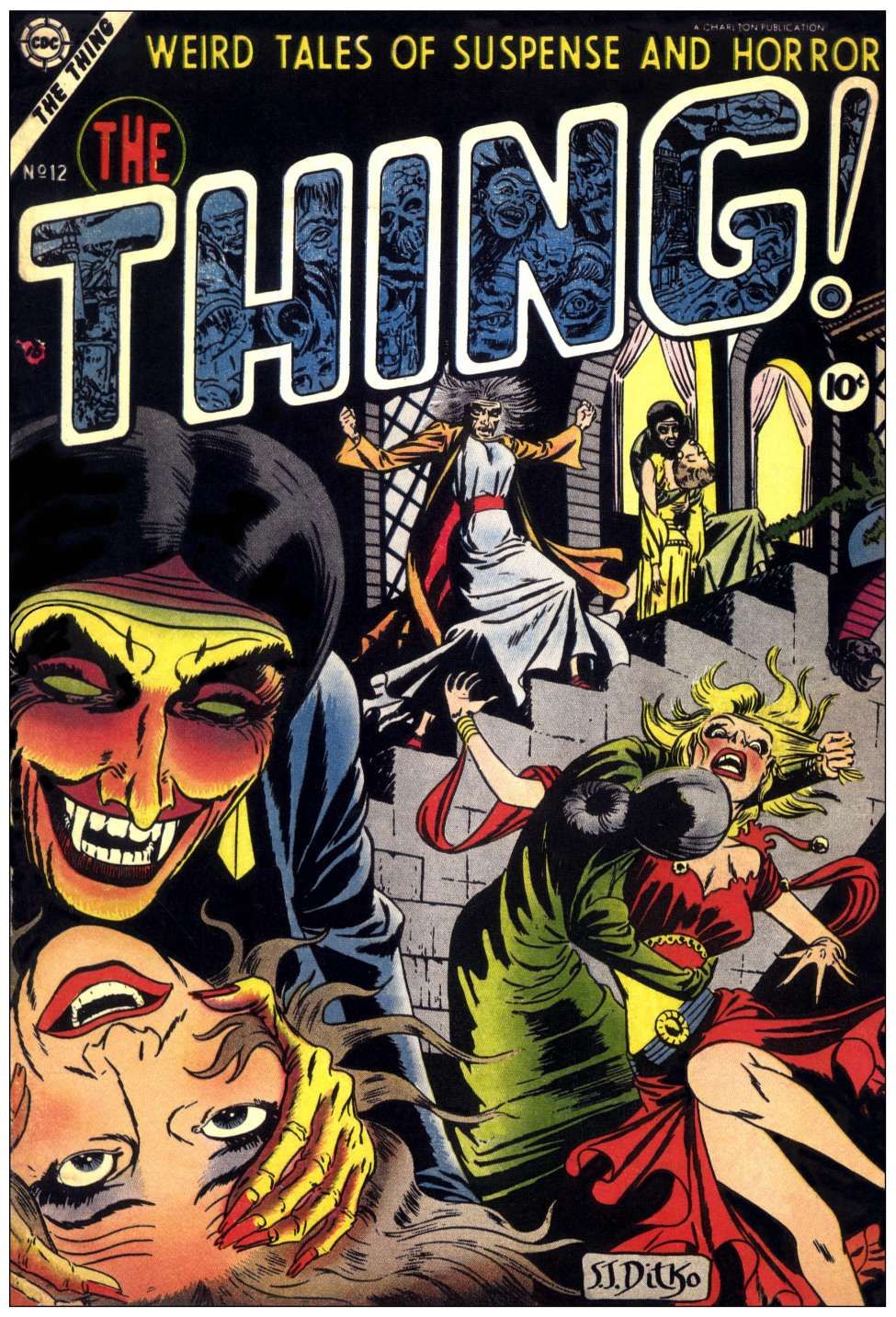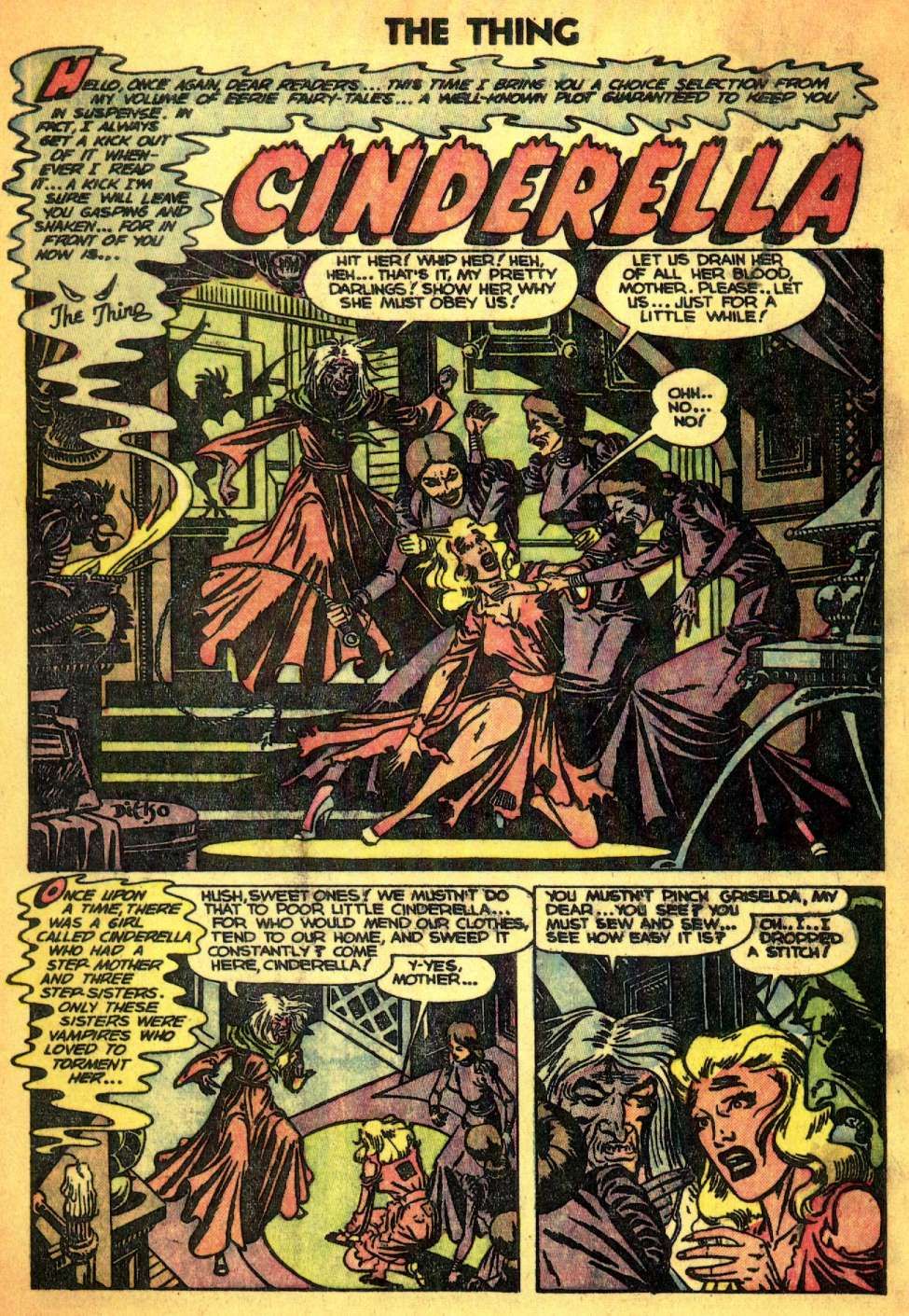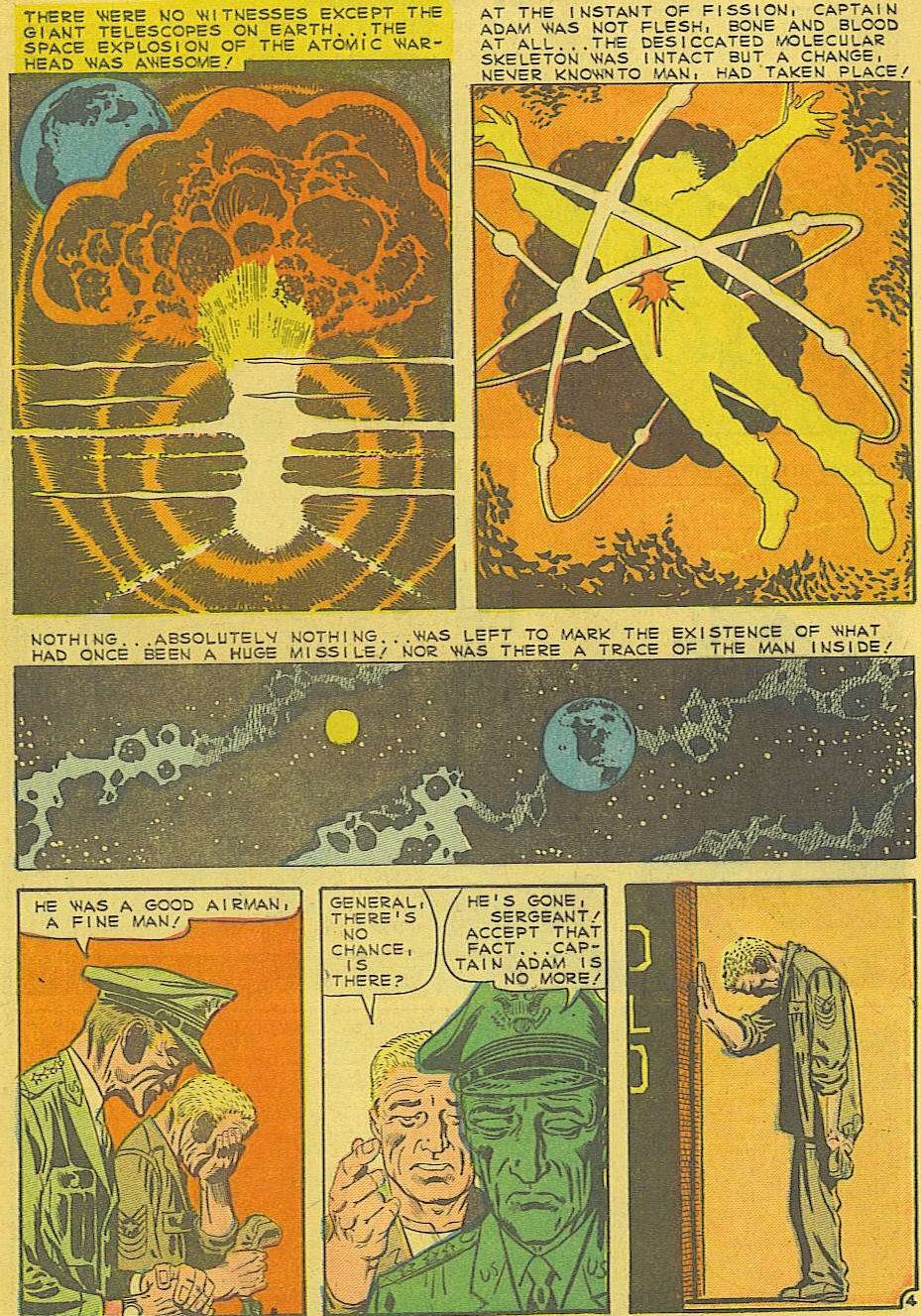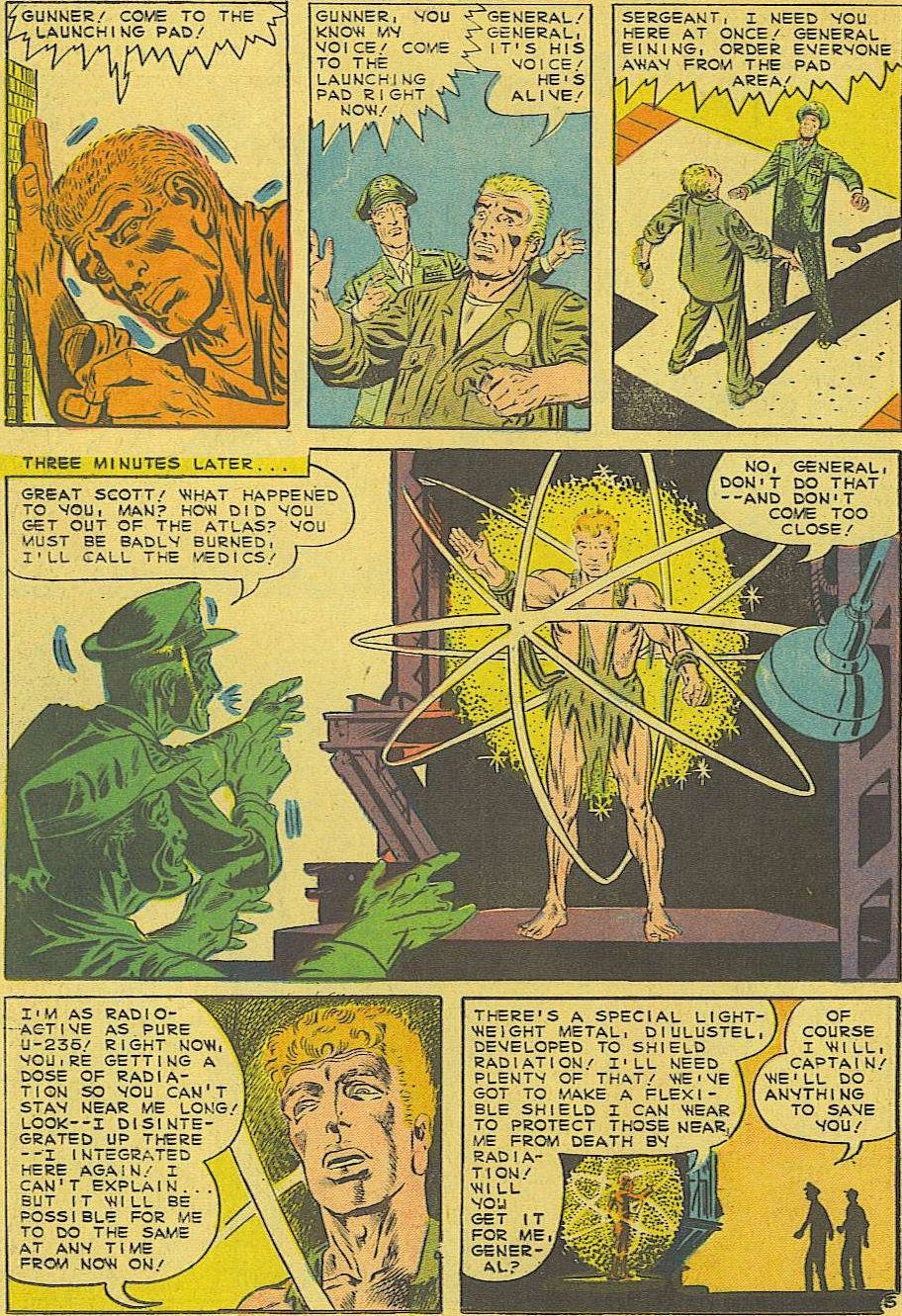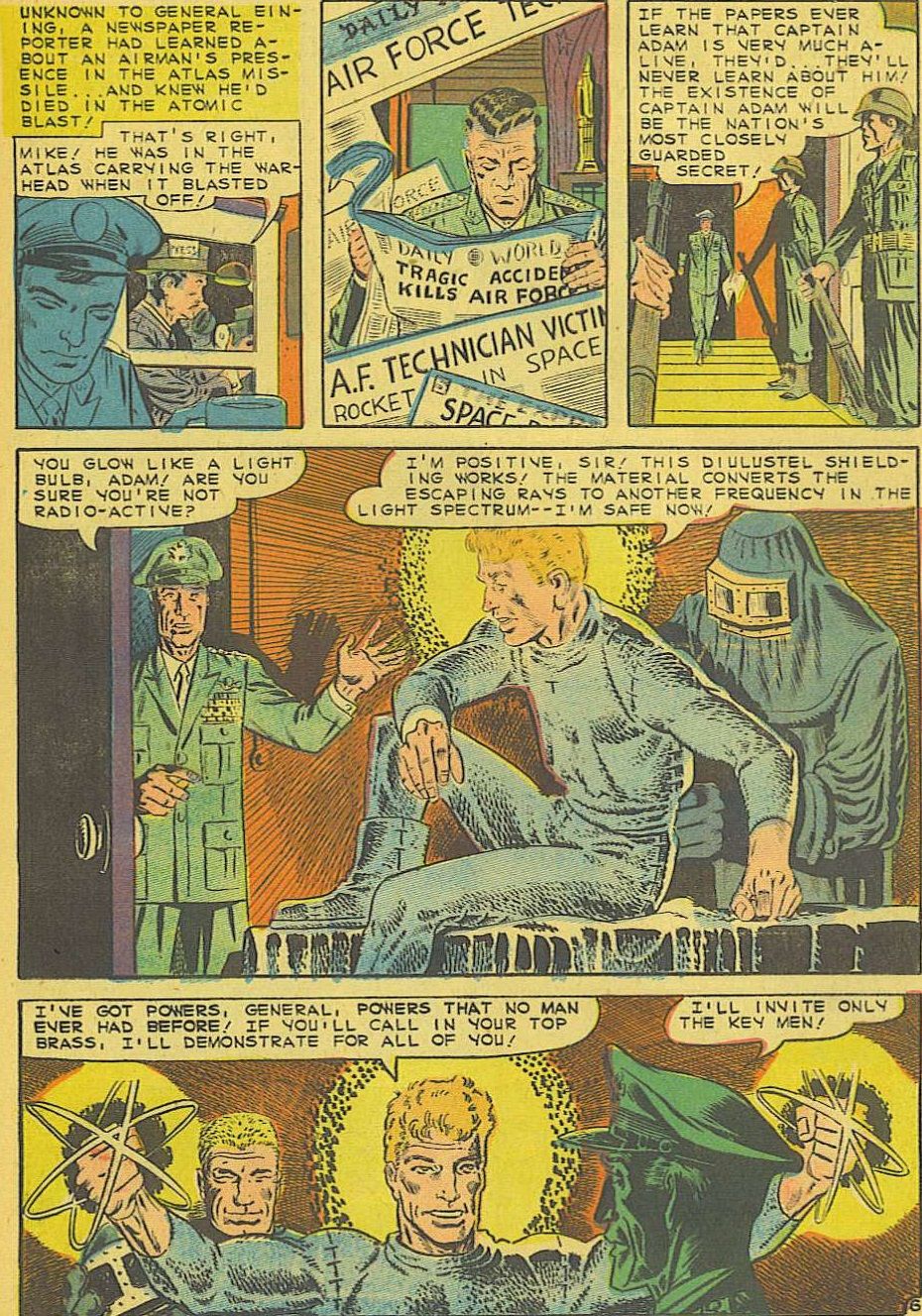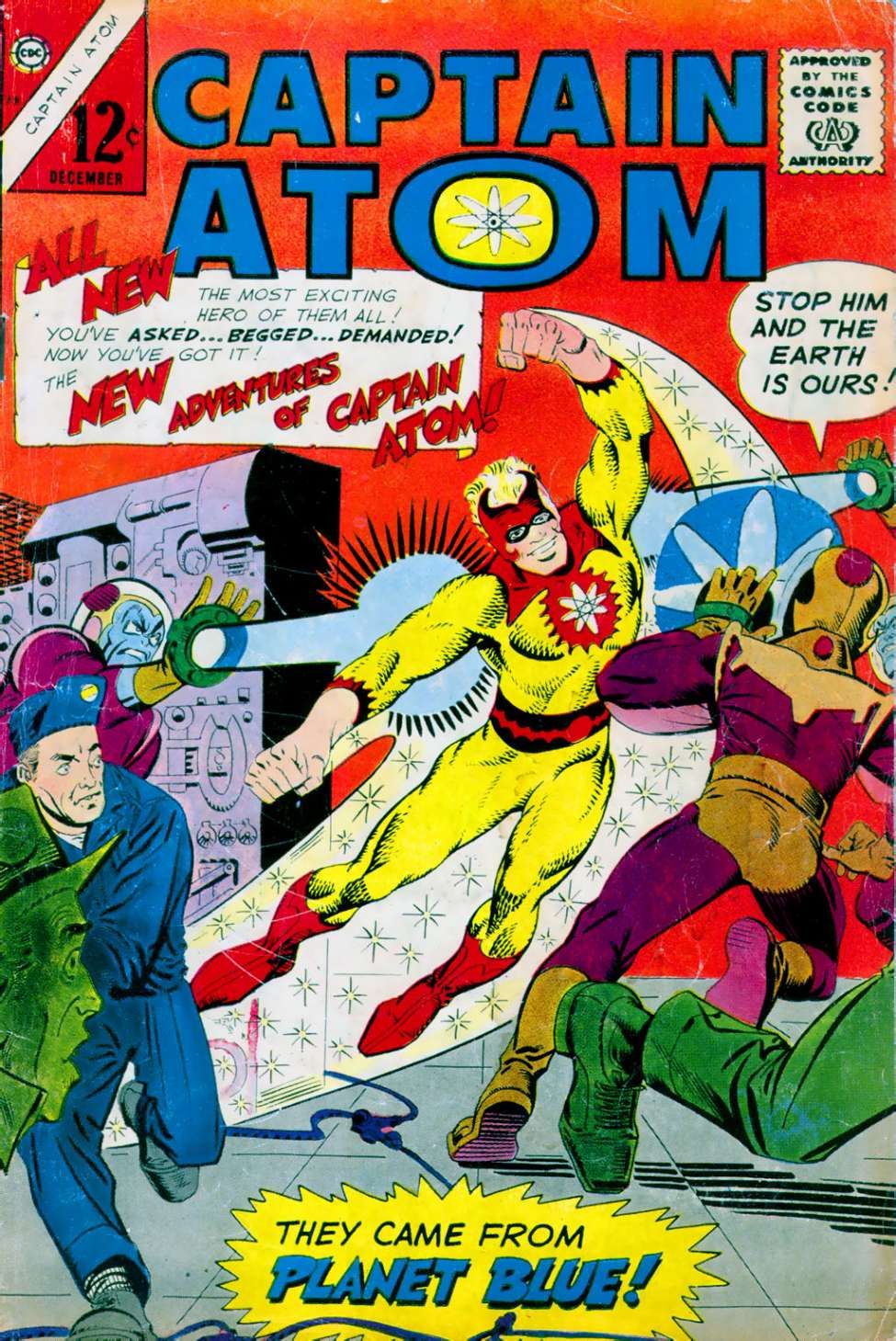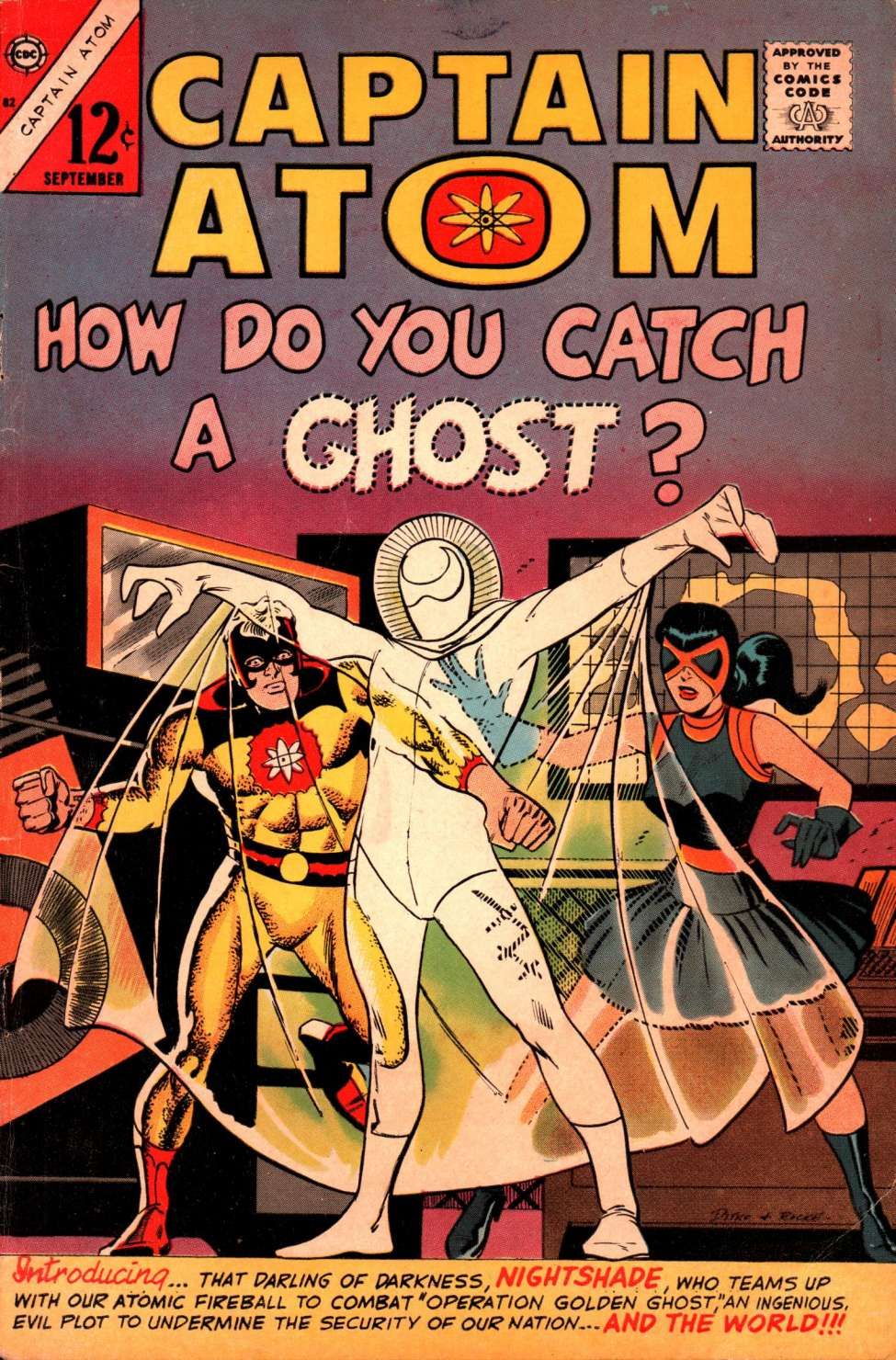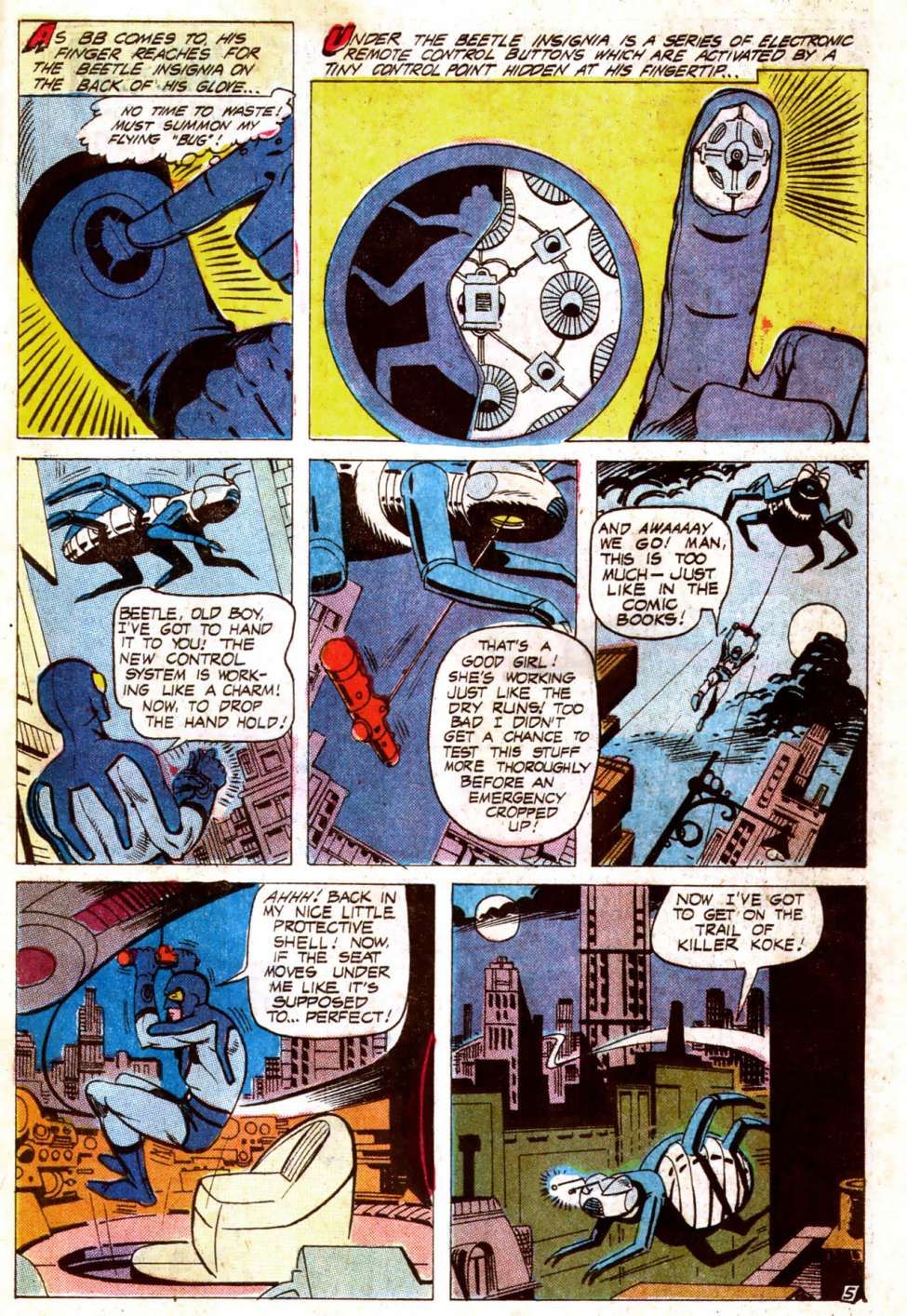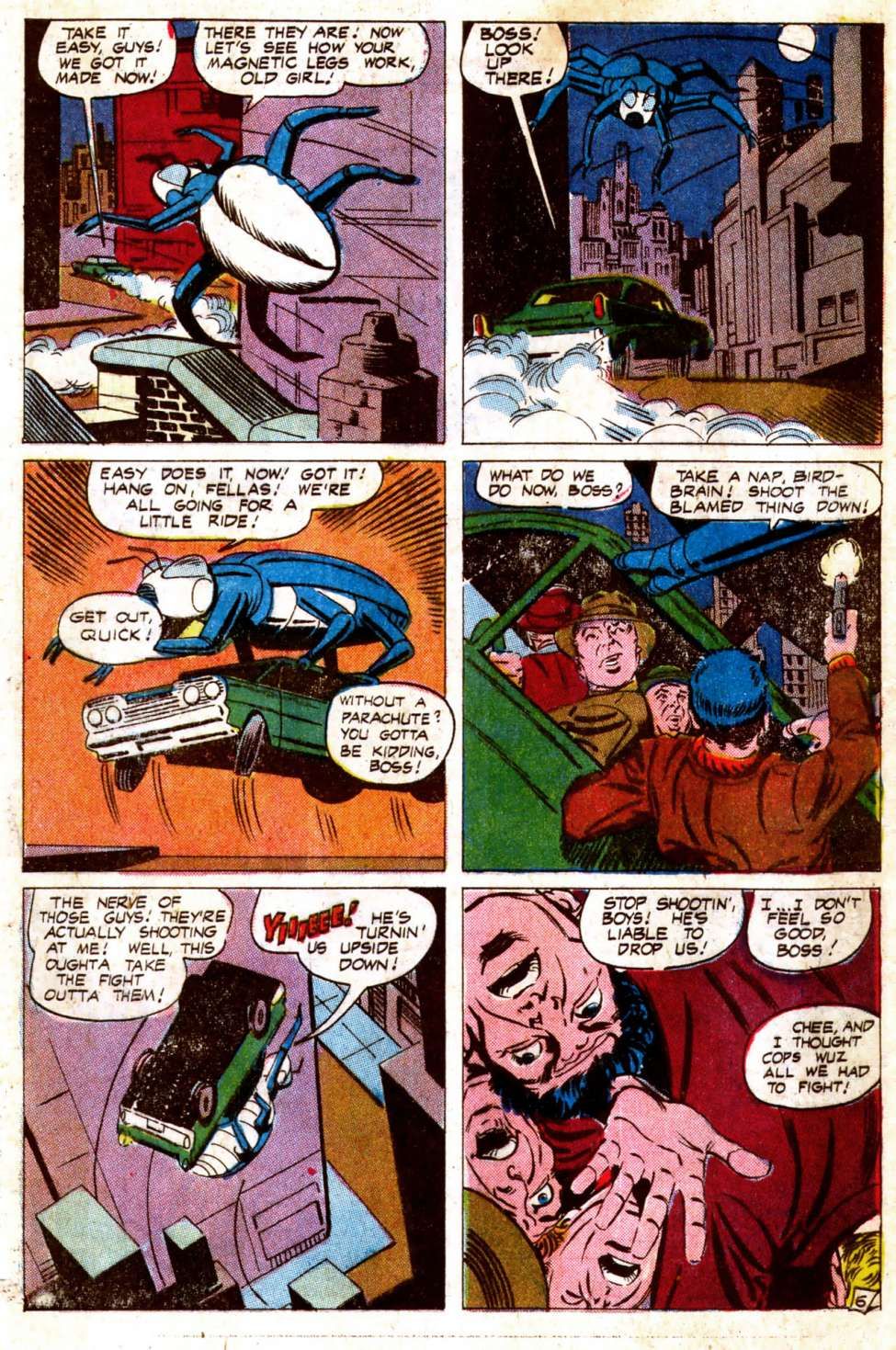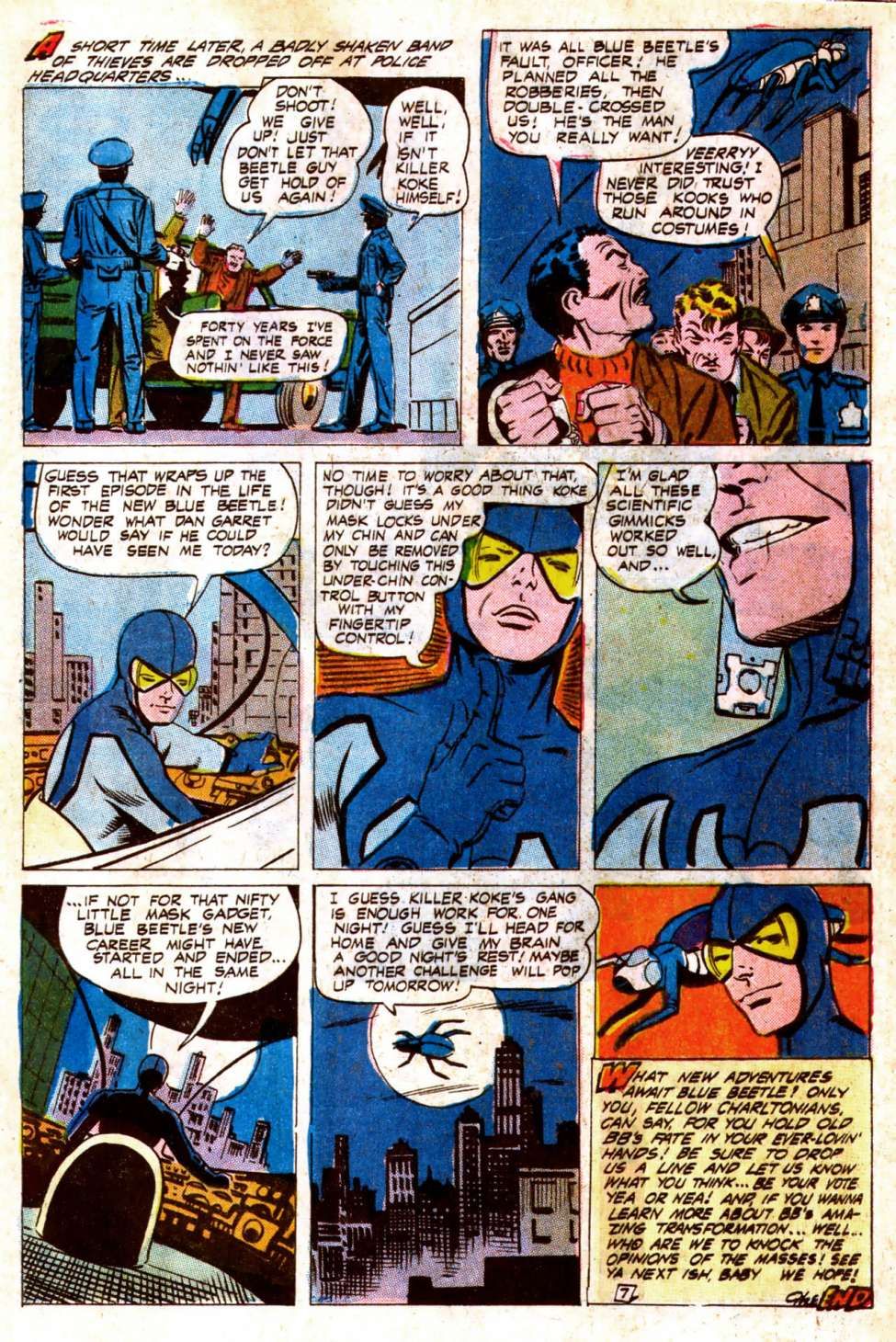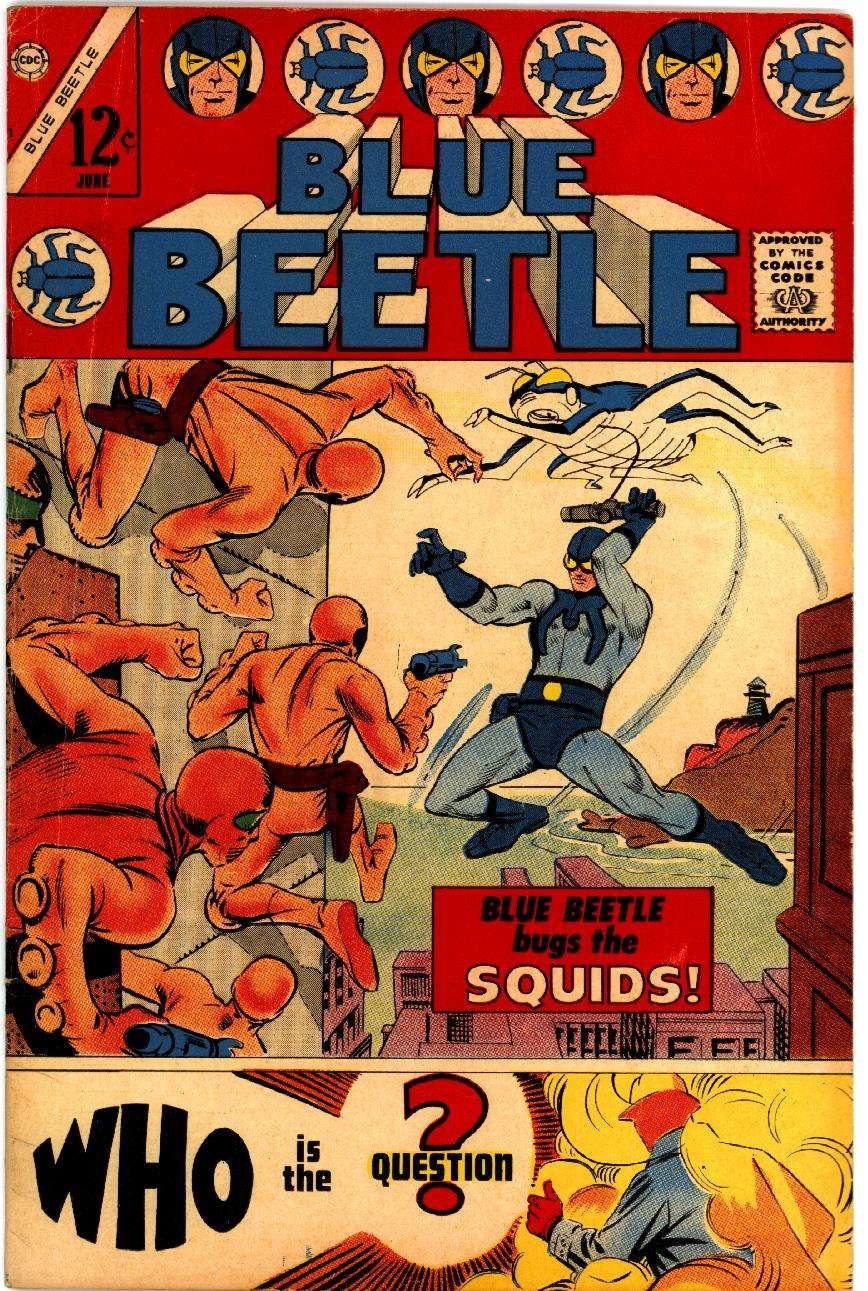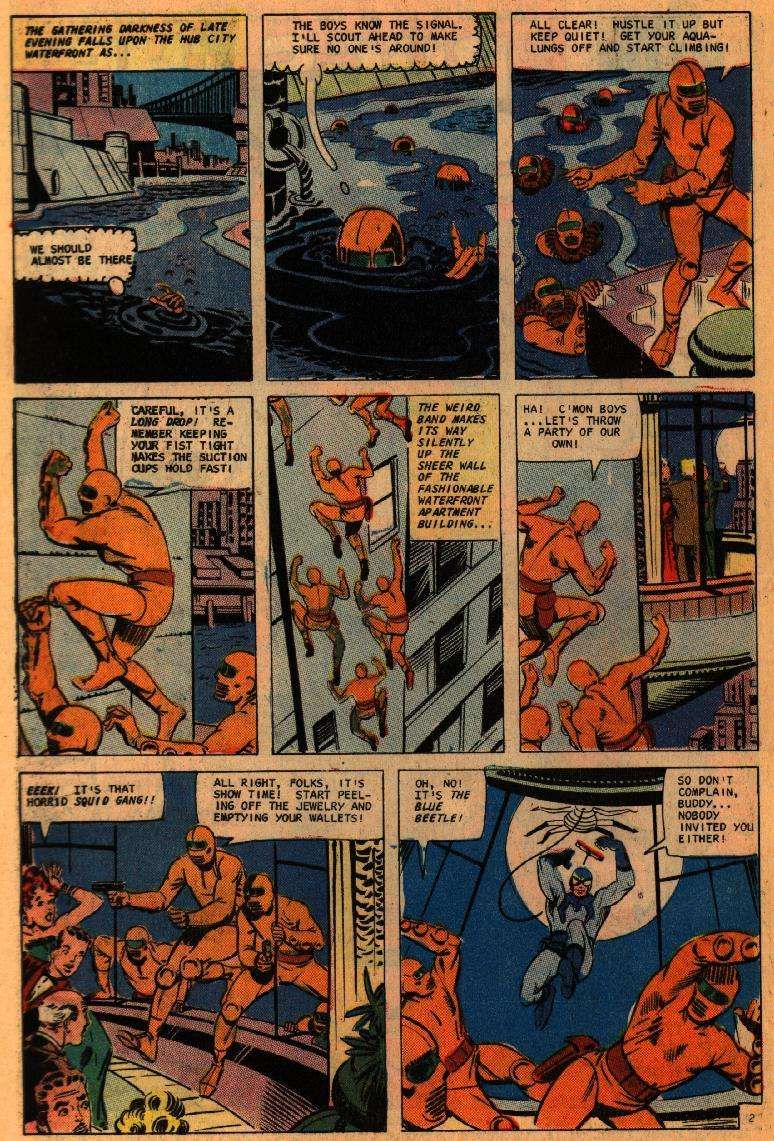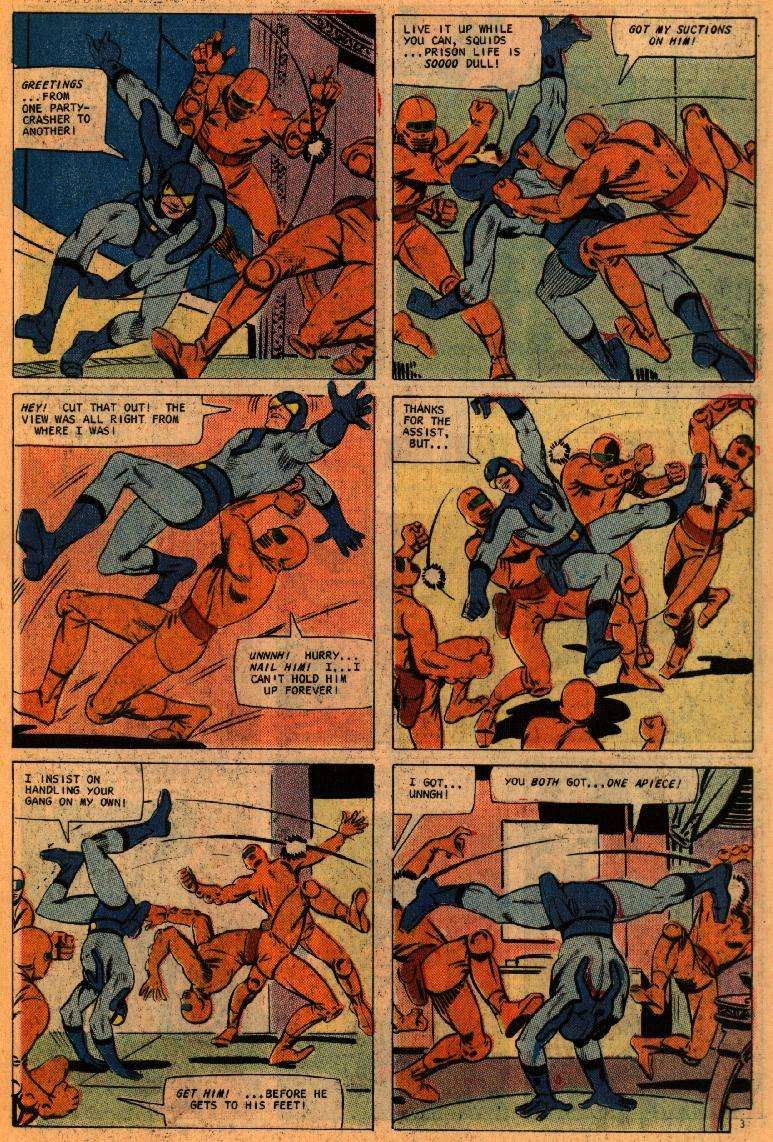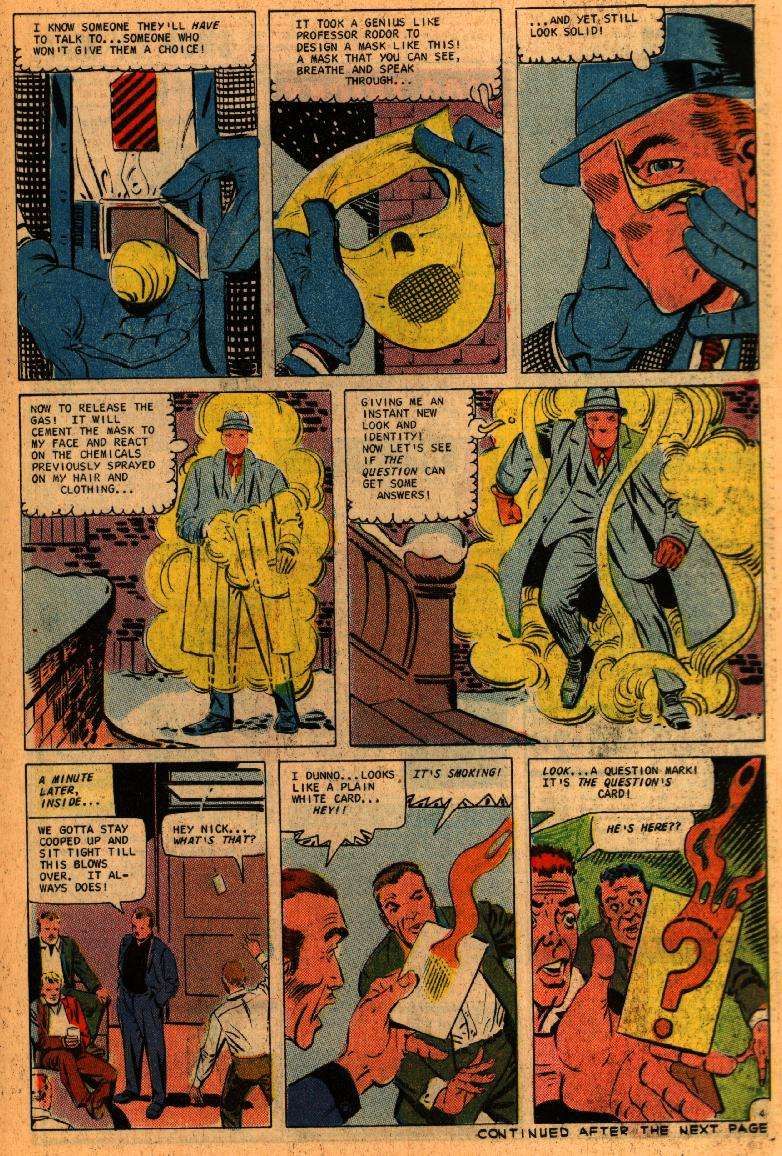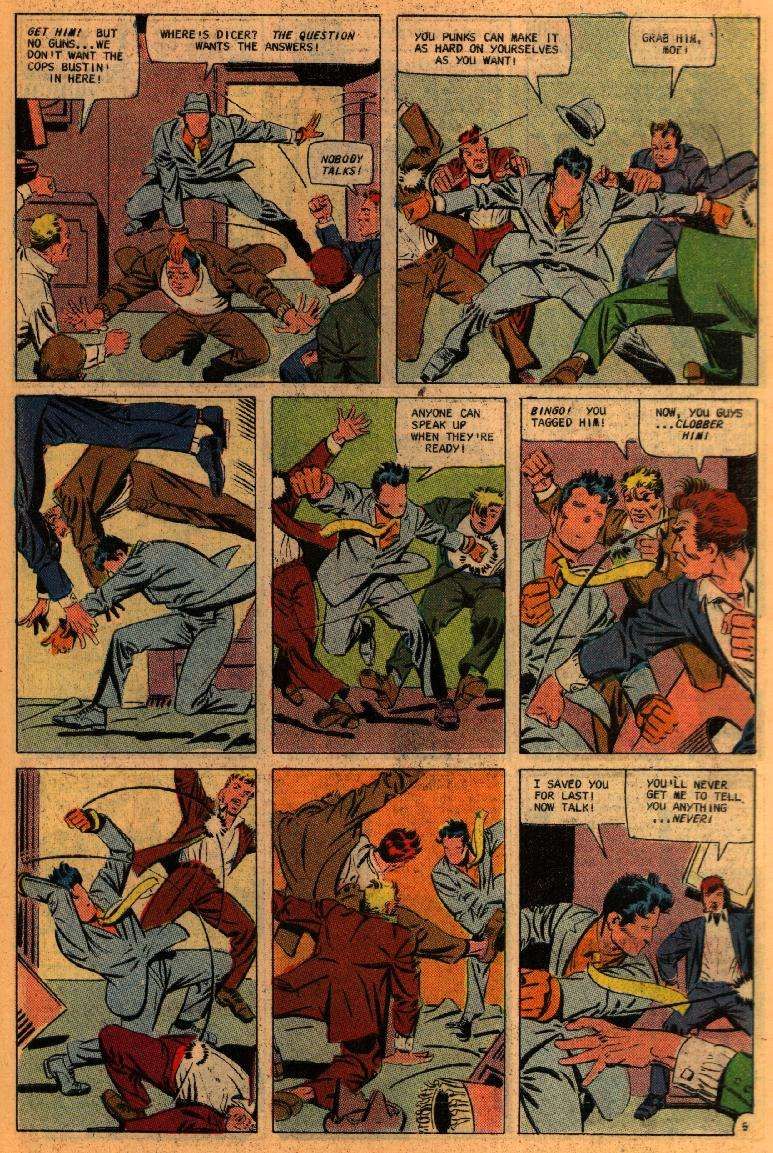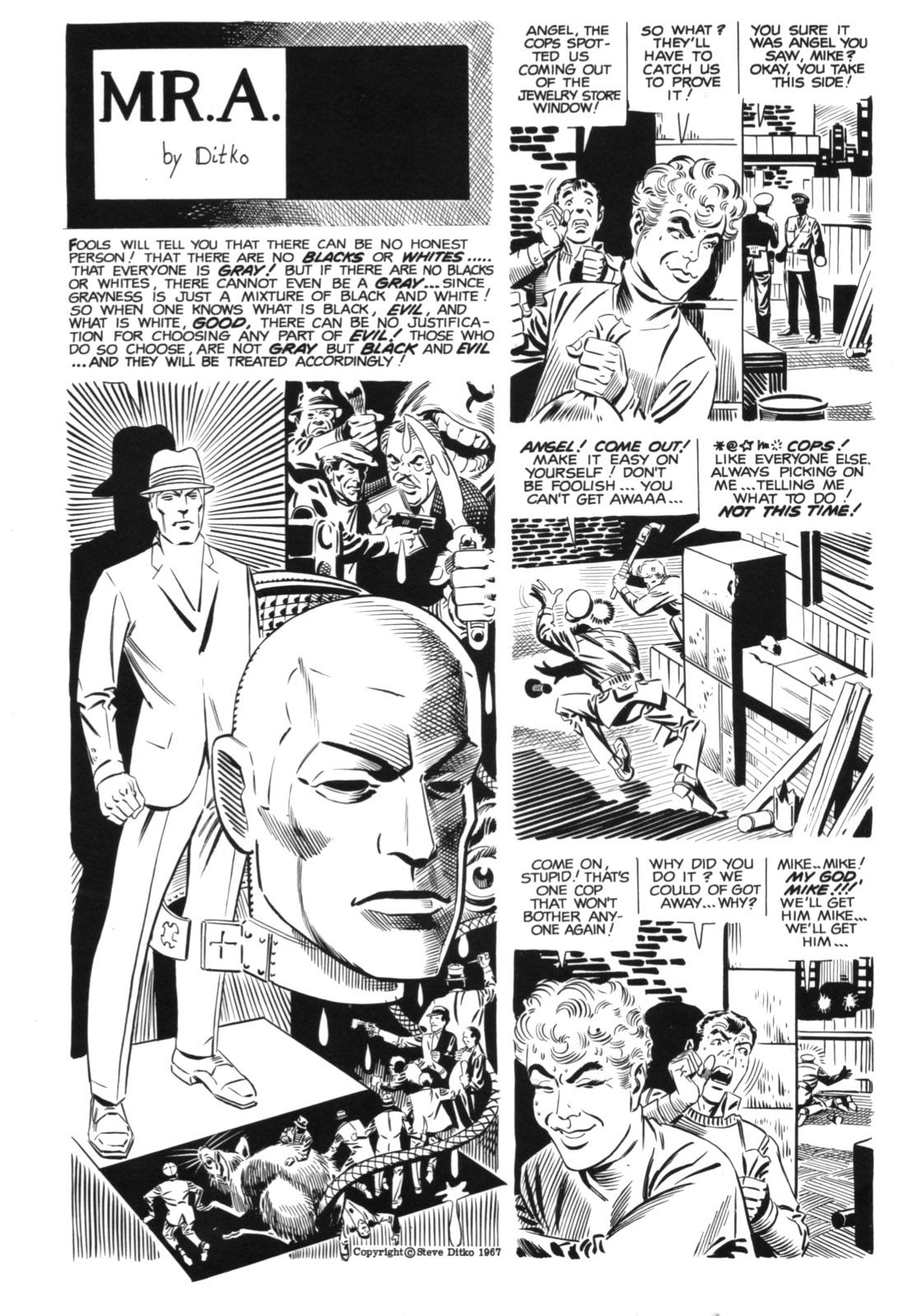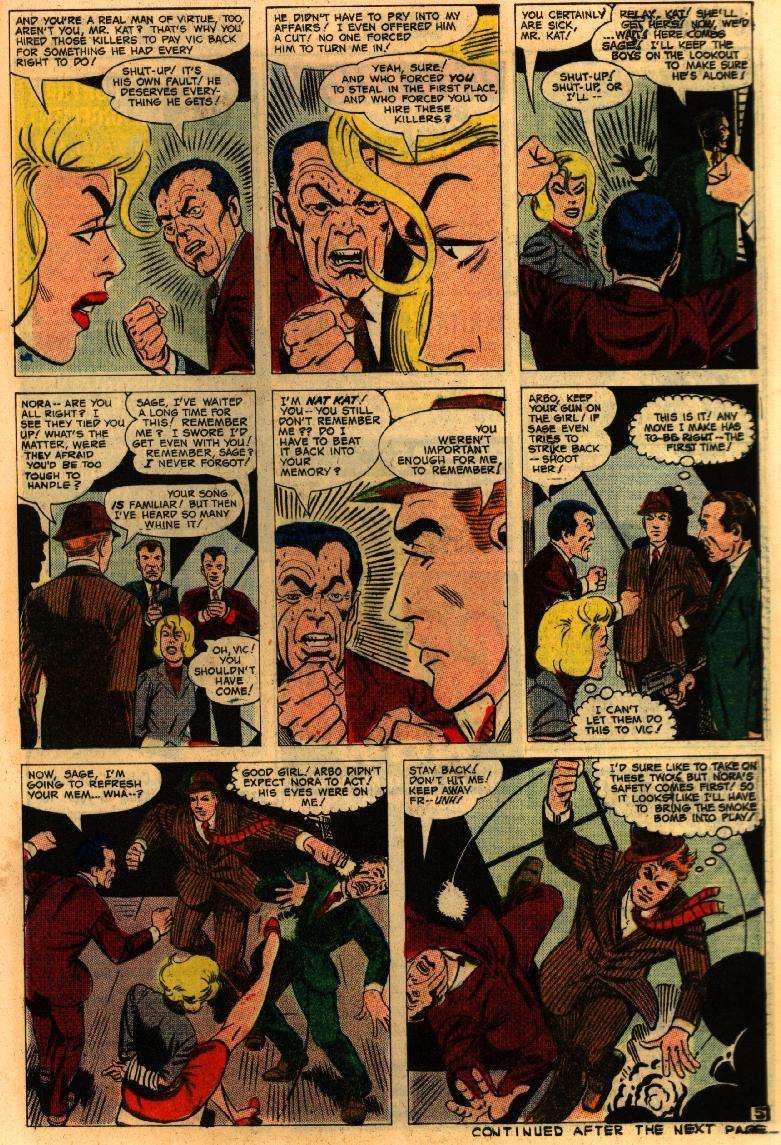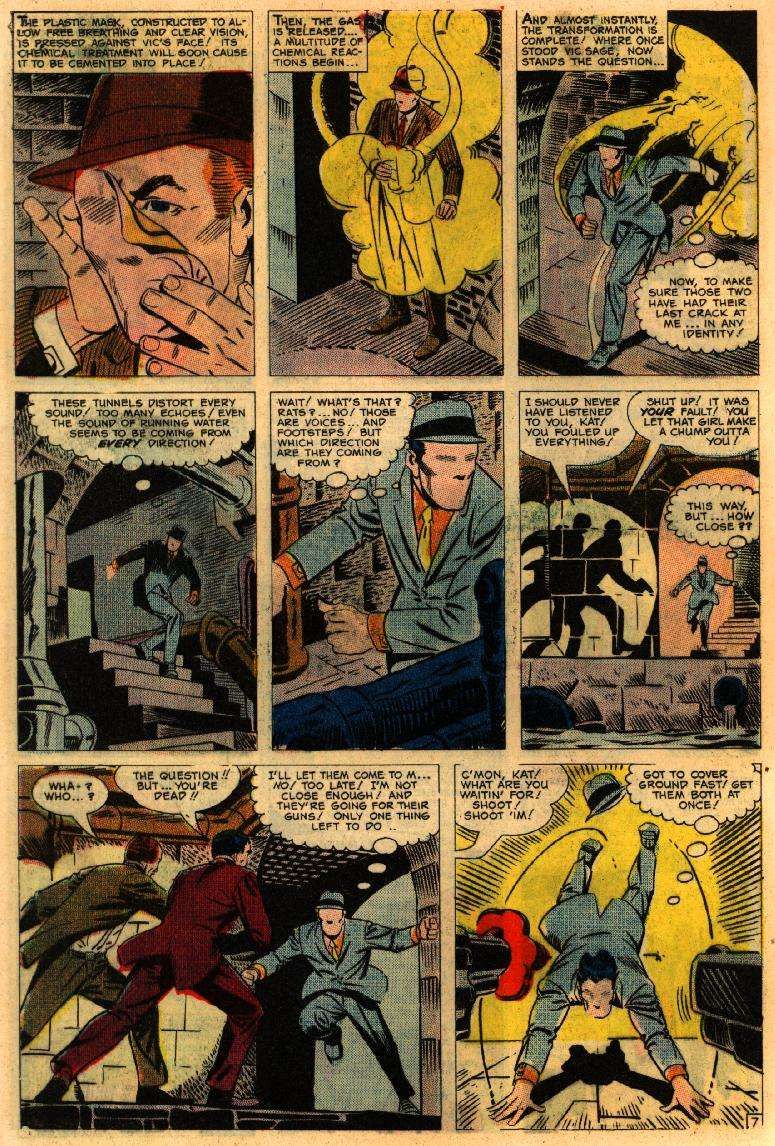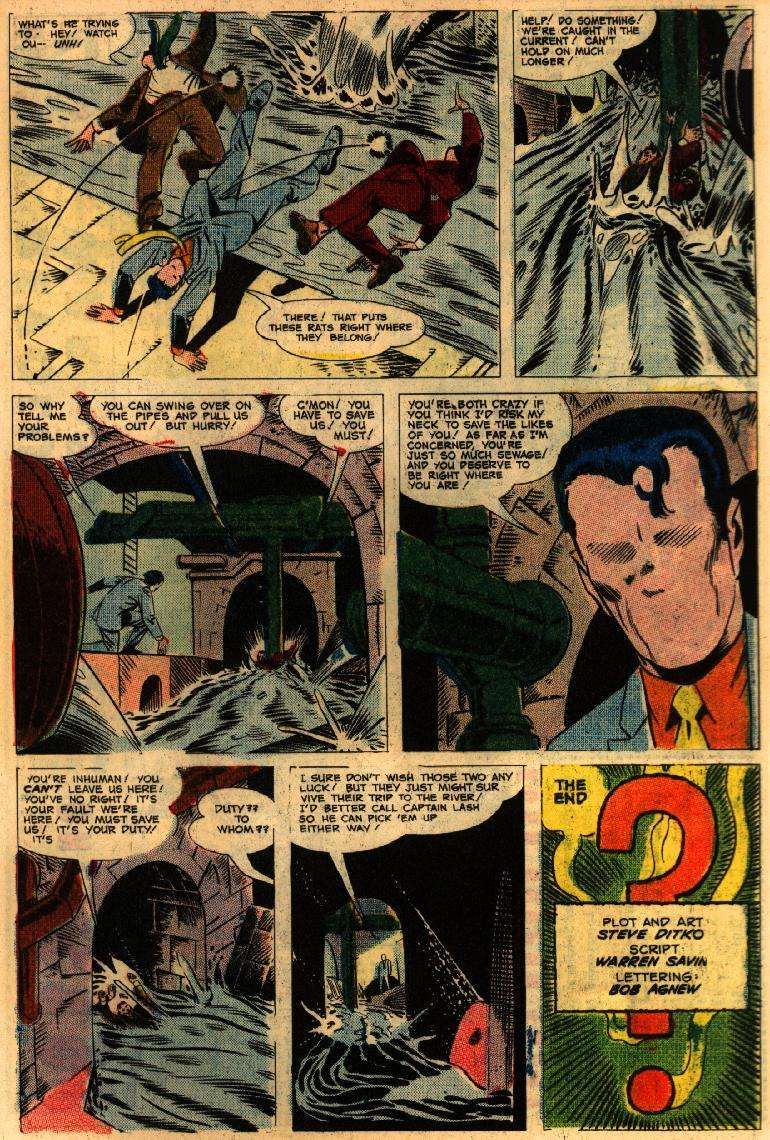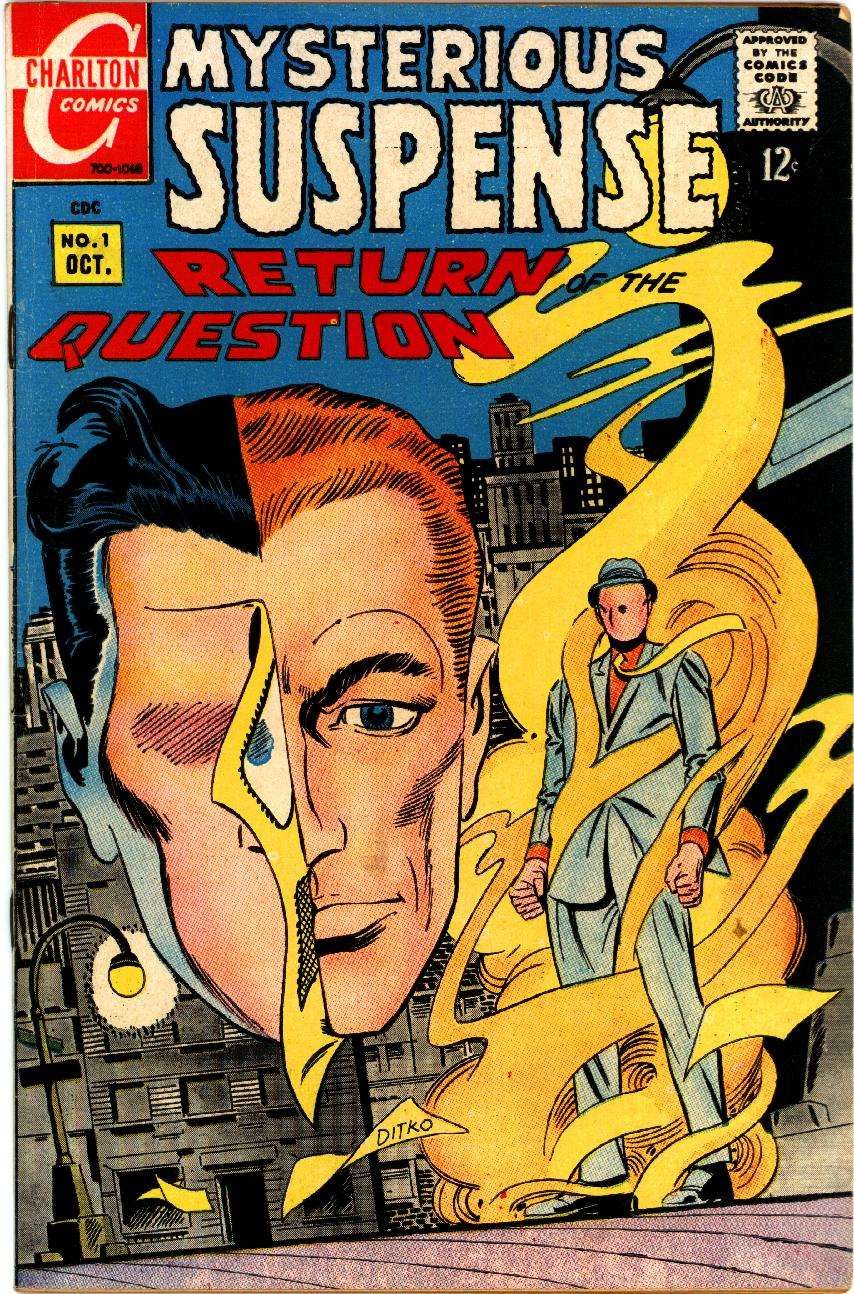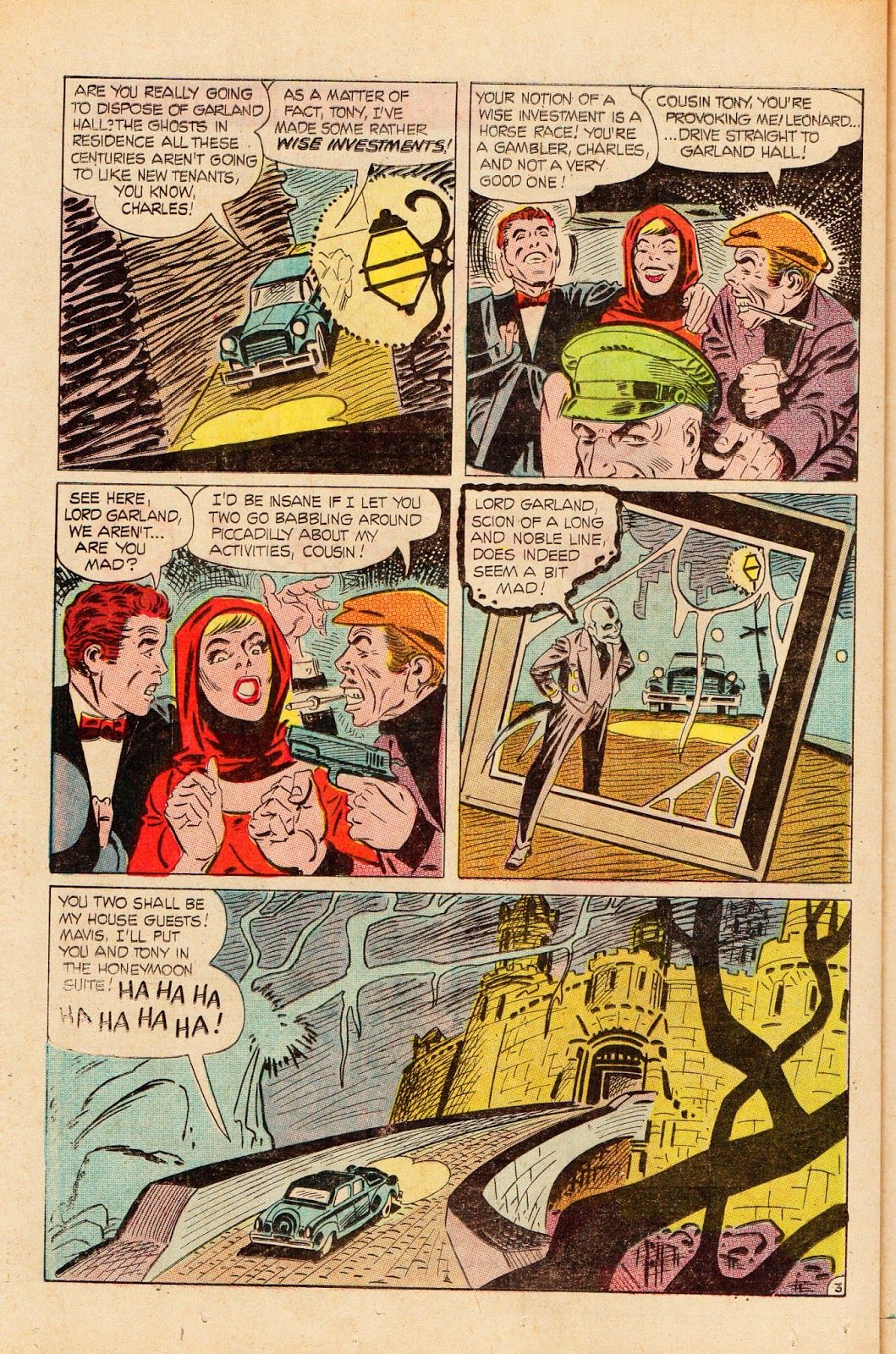In 1970, Jack Kirby famously left Marvel Comics for DC Comics. It was a huge deal, with DC Comics plastering ads all over their comics announcing Kirby's imminent arrival. However, four years earlier, when Steve Ditko similarly left Marvel Comics, there was little fanfare, as Ditko did not go to DC Comics at first, but rather to Charlton Comics, the company where Ditko started his career.
Ditko would work at Charlton Comics off and on until the company went out of business in 1986, but it was during his period right after he left Spider-Man that Ditko made his biggest mark at the company, as they built an entire superhero line of comics around him, including the introduction of the Question and the Ted Kord version of Blue Beetle.
RELATED: How Steve Ditko Defined Spider-Man for a Generation
Ditko first found regular comic book work at Charlton Comics in 1954 (he had done some previous irregular work for Jack Kirby and Joe Simon at Crestwood). Charlton was a small comic book company that was mostly built around material that was packaged together by Al Fago, brother of the only other person to be Editor-in-Chief of Timely/Marvel Comics during Stan Lee's time there (Lee had to step down as Editor-in-Chief while he was in the Army during World War II. Vincent Fago, who was in charge of Timely's funny animal titles, took over as interim Editor-in-Chief). Comic book packaging studios were big in the early days of the comic book industry. They would put together comic book stories and then sell them to comic book publishers. By the late 1940s, most of these packaging studios had fallen by the wayside as it was just cheaper for comic book companies to do their comics in house. That is ultimately what Charlton did in 1951, when they hired Fago to be their Editor-in-Chief.
In the early 1950s, Charlton went in big on then popular horror market. However, when the institution of the Comics Code put a bunch of comic book companies out of business, they swooped in and bought the intellectual property of the comic book companies that were closing down because of the Code. For instance, they bought a Fawcett horror comic and then saved money by using the inventory of stories from Fawcett. Charlton ran a tight ship, money-wise. However, that was not much different than most of the non-major comic book companies at the time. Pretty much only National Comics (DC Comics) and Dell were really doing well in the latter half of the 1950s. The other companies like Charlton and Atlas Comics (formerly Timely Comics and later Marvel Comics) were barely hanging in there. In the case of Charlton, they owned their own printing presses, which were designed to print cereal boxes. The comic book line was almost sort of like a side business to make use of the printing presses. So they paid the lowest rates in the business.
However, because they paid such low rates, they also were more willing to give their creators freedom to do what they wanted, as, again, they weren't paying them enough to demand a lot of oversight.
In any event, Ditko began at Charlton right before the big Comics Code crackdown, with the cover of The Thing #12...
Plus a vampire story in the book...
Ditko came down with a case of tuberculosis and had to take a hiatus from comic book art. When he recovered, he moved to New York City and got a gig at Atlas Comics, which became his main employer during that period. He would still manage to do some work for Charlton on the side, though.
When Atlas Comics had to nearly fire its entire staff at the end of the decade, Ditko did more work for Charlton (while being one of the few Atlas artists who Stan Lee made sure to find work for still).
In 1960, at Charlton, Ditko co-created Captain Atom with writer Joe Gill...
Then Atlas Comics became Marvel and they blew up in popularity and Ditko worked pretty much solely for Marvel for the next five years.
Page 2: [valnet-url-page page=2 paginated=0 text='Ditko%20Jumps%20Ship']
However, by late 1965, Ditko began to do some more work for Charlton, as the popularity of Marvel Comics had led many comic book publishers to try to do superhero comics, as well, so Charlton brought Captain Atom back and Ditko drew it...
Dick Giordano had become the Charlton Editor-in-Chief by this point in time.
Ditko had continued to do Charlton work even while at Marvel, all the way up until Amazing Spider-Man going monthly in late 1963, so it was not seen as that big of a deal that Ditko would so some superhero stuff for Charlton, but obviously, in retrospect, it seems like he was setting up a place for him to go when he left Marvel. And sure enough, when he then left Marvel, he decided to go to Charlton as his primary employer, since they promised him the freedom to develop, in effect, his own line of superhero comics, all under the direction of Dick Giordano, who labeled this new line of comics Charlton's "Action Heroes" line (Ditko also did horror work for Jim Warren's newly launched line of black and white comic book horror magazines, spearheaded by Archie Goodwin).
RELATED: Ditko's Doctor Strange Was Psychedelic Before Psychedelic Was a Thing
Ditko used Captain Atom to introduce new heroes like Nightshade...
And then the new version of Blue Beetle...
This new Blue Beetle didn't have superpowers. He was just a "science hero" rather than a super hero...
Blue Beetle got his own title...
And Ditko used this new book to introduce the Question...
The Question was, in effect, Ditko's perfect idea of a superhero. Ditko was getting more into Objectivist beliefs and the Question was a full-fledged adherent to that sort of thinking. What's amazing about this time period is that Ditko also created a "new" character called Mr. A that he did for Wallace Wood's independent comic book, Witzend.
You see, while Charlton gave Ditko a lot of freedom, there were still certain areas that they were not comfortable with Ditko taking his stories. Essentially, they required that Ditko at least try to make his stories somewhat commercial. He could do almost any type of story that he wanted to do, but just keep them relatively commercial. Plus, of course, they had to be Comics Code approved, as well.
So what Mr. A allowed Ditko to do is to tell Question stories only using this "new" character, Mr. A, and Mr. A could be about whatever Ditko wanted it to be, including just outright lectures about Objectivism...
However, it was not like the Question stories by Ditko were not pretty far gone themselves. One of the most infamous examples was the Question back-up in Blue Beetle #4, which was scripted by a young Steve Skeates (using a pseudonym)...
Page 2: [valnet-url-page page=2 paginated=0 text='Question%20Goes%20Too%20Far']
The Question story already saw the strict views that Ditko had, as he had Charlton white out a line of dialogue where Skeates had the Question refer to a bad guy sarcastically as "friend." The Question would never call a villain "friend," not even sarcastically.
The end of the story was shocking for its time. It even shocked Dick Giordano, as the Question actively decided not to save the lives of two crooks, even bantering with them as they possibly drowned...
Hardcore.
In any event, the Action Heroes line of comics did not do too well and Ditko moved over to DC Comics in 1968, although the Question got a one-shot during that period that was PROBABLY leftover material from the canceled Blue Beetle series (but also could have been some new material that Ditko did while he was quickly pissed off at DC Comics, as well. I legitimately don't know the timeline. It came out near his departure from DC, but I don't know when he did the work inside the book)...
After the DC Comics experiment didn't work out, Ditko returned to Charlton and worked pretty much exclusively for them from 1969-1974 or so. The steady work for Charlton allowed him to do his own independent work, like more Mr. A stuff.
His Charlton work of this period was basically all horror stuff, like Ghost Manor...
He would return to DC Comics in 1975 and then back to Marvel Comics in 1979, but he would continue to do odd jobs for Charlton right until the company went out of business in the mid-1980s (by which point they were barely doing any new material at all).
Charlton Comics was an odd little comic book company but, in a lot of ways, they fit Ditko perfectly.
By the way, Charlton's fan magazine in the 1970s was called the Charlton Bullseye, hence the pun in the title.

